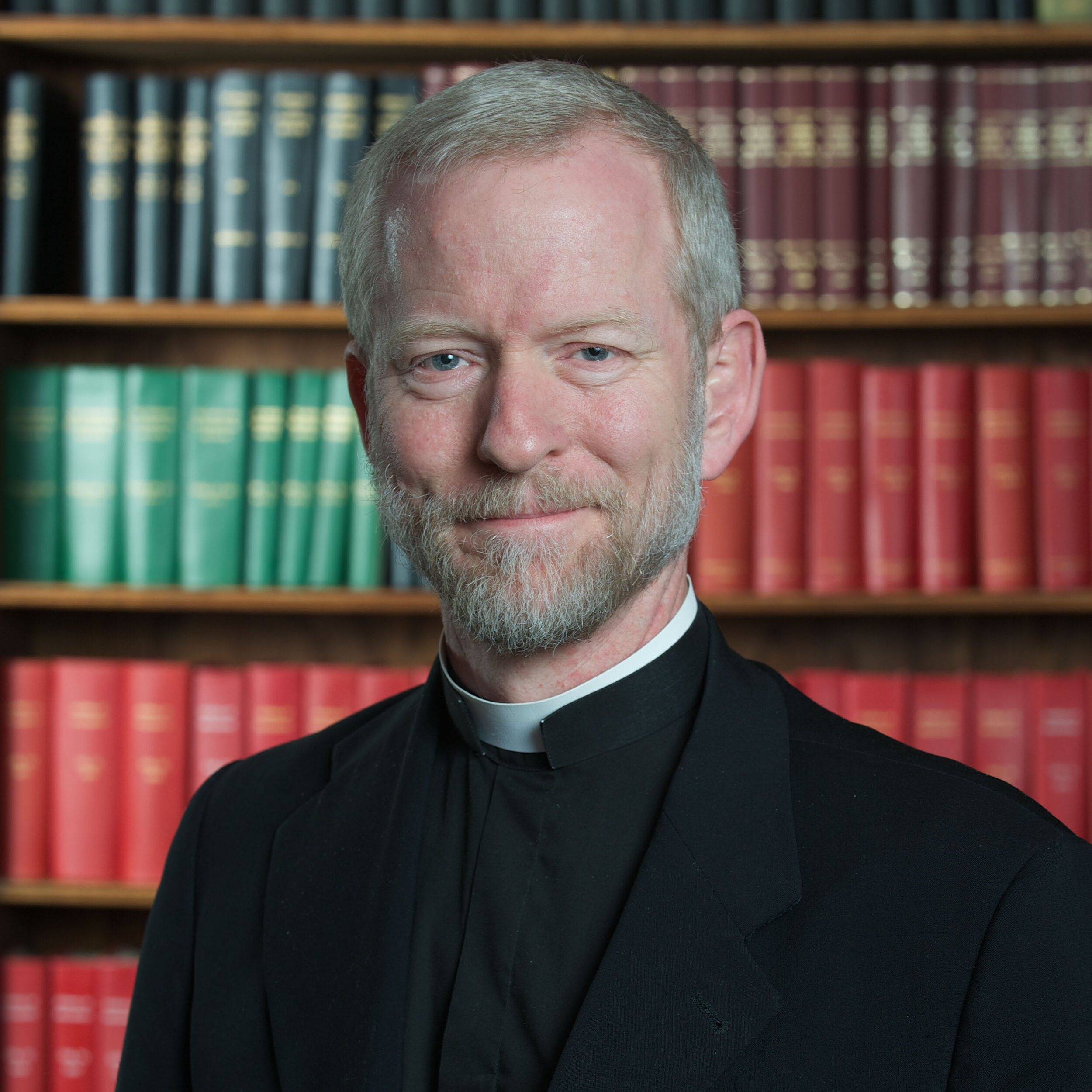Making Sense of Bioethics: Column 063: Spinning Stem Cell Fairy Tales
Discussions about the morality of stem cell research often focus on the differences between adult stem cells and stem cells derived from embryos. The adult variety, such as those derived from bone marrow or umbilical cords, are already providing an impressive array of treatments and cures for sick people, while the embryonic kind are not. Adult stem cells can be obtained without crossing any moral boundaries, whereas embryonic stem cells cannot, because they are obtained by destroying young human beings who are still in their embryonic stages of growth.
In spite of great progress in identifying ever more powerful adult stem cell sources, scientists still clamor for embryos. Even in the face of iEmpressive new technologies for making “embryonic-like” stem cells without using embryos, the chorus of voices pushing for the sacrifice of embryos seems only to grow louder. Indeed, one of the most common questions I encounter when I give talks about stem cells is why scientists and politicians are so intent on pursuing the destruction of human embryos when so many other non-embryonic sources of stem cells are available that are already helping countless patients with serious diseases. What is behind this incessant drumbeat to go after the human embryo?
One can sense a certain "logic of killing" that hovers in the wings of these discussions. If tiny human embryos were to be safeguarded and protected by law, this would constitute a threat, if not a frontal assault, to legalized abortion-on-demand, which routinely allows us to end the lives of older, almost-born humans more than 3000 times every day in the United States by surgical means and many more each day through chemical means. This desire to sanction current immoral practices is certainly one reason we see continuing pressure to allow the destruction of human embryos for research.
Pope Benedict XVI, in a recent address, spoke of resisting “…those forms of research that provide for the planned suppression of human beings who already exist, even if they have not yet been born. Research, in such cases, irrespective of efficacious therapeutic results, is not truly at the service of humanity.”
In our society, however, the hype surrounding the harvesting of human embryos as a way to cure nearly every disease has taken on the form of a popular mythology. A Washington Post article summarized it this way a few years ago:
To start with, people need a fairy tale, said Ronald D.G. Mckay, a stem cell researcher at the National Institute of Neurological Disorders and Stroke. Maybe that’s unfair, but they need a story line that’s relatively simple to understand. Human embryonic stem cells have the capacity to morph into virtually any kind of tissue, leading many scientists to believe they could serve as a ‘universal patch’ for injured organs.
This idea, though still speculative, is straightforward and easy to sell, especially to desperate patients and patient-advocacy groups. Some scientists are happy to perpetuate the myth, too, believing that this kind of "master cell" from the earliest stages of human life could help unlock some of the most primordial and tantalizing biological powers mankind has ever seen — almost God-like powers, leading to the “Tree of Life” itself. As some researchers ambitiously seek to wrench control of those life-powers into their own hands, it should perhaps come as no surprise when they yield to the seductive siren call of our day: “One life can sometimes be taken for the benefit of another,” and “Good ends can sometimes justify evil means.”
In a way, then, embryonic stem cells have become a great modern secular fairy-tale, even a kind of surrogate for our yearning for immortality. People are being told that Alzheimer’s can be addressed; Parkinson’s can be overcome; diabetes can be defeated; and MS can be conquered. Who knows? Perhaps we could extend our longevity, defeat aging, and live as if we were always young. Perhaps we could even defeat death itself through these powerful cells! Vanquishing death and achieving immortality through science — the reality-bending power of these myths and fairy-tales should not be underestimated.
In the final analysis, the “planned suppression of human beings” should never be allowed to creep into the practice of modern science and medicine. Our yearnings for various goods and blessings, like healing and new medical therapies, must always be tempered by our duty to pursue responsible and thoroughly ethical science. Only by insisting on the use of upright means to achieve good ends can we steer clear of the Nazi-like drive to subjugate and destroy others in our quest for desirable outcomes. Only then can science be a force for authentic healing and truly stand at the service of humanity.
Copyright © 2020, The National Catholic Bioethics Center, Philadelphia, PA. All rights reserved.

